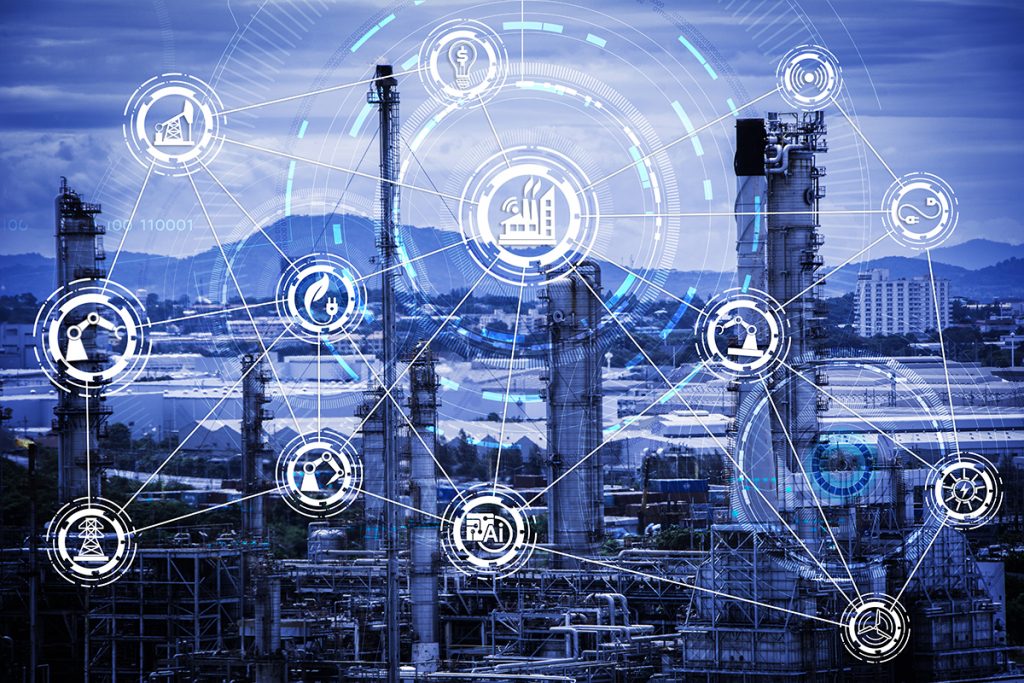Headlines
- Enhancing Operational Efficiency with Danfoss IP66 Drives
- Pacific Automation and Microsonic Partnership Transforms Industrial Automation in Australia
- Raytec Lighting Achieves Certification from Australasian Dark Sky Alliance (ADSA)
- Deciphering the Age of a Danfoss VLT Drive: An Essential Guide
- Discover Pacific Automation at Australia's Premier Industry Expos 2024
FAQ: What’s the Difference Between IoT and IIoT?
Tuesday, 25 February 2020

Internet of Things (IoT) and Industrial Internet of Things (IIoT) – the name is a good indication on the major point of difference between these two concepts.
One is for consumer usage, the other for industrial purposes such as manufacturing, management systems and supply chain monitoring. Although both are built on connected ‘things’ that collect, exchange and transfer data, the roles they play vary significantly.
Before we delve into the differences, it’s important to understand what IoT and IIoT is and how it works. At it’s core, the Internet of Things is a network of connected devices that are able to communicate with each other and provide data to users through the internet. Want to turn on your air conditioning before reaching home? Or have your coffee machine start making your morning coffee while you’re still in bed? Or even track activity in your house while you’re away on holiday?
All of this is possible with the IoT as it connects ‘smart’ devices to your phone or computer.
With the Industrial Internet of Things, the ‘things’ are machines, sensors and connectors rather than refrigerators, security systems and thermostats. A subcategory of the broader IoT, it focuses specifically on industrial applications, gathering data on its status and sharing it with other devices. This data is then collected and analysed to optimise business processes.
Looking for a solutions provider that understands the complexities of IIoT? Our team will help to take you from planning to production, and ensure you have a cost-effective solution that perfectly suits your needs. Get in touch today.
Before we delve into the differences, it’s important to understand what IoT and IIoT is and how it works. At it’s core, the Internet of Things is a network of connected devices that are able to communicate with each other and provide data to users through the internet. Want to turn on your air conditioning before reaching home? Or have your coffee machine start making your morning coffee while you’re still in bed? Or even track activity in your house while you’re away on holiday?
All of this is possible with the IoT as it connects ‘smart’ devices to your phone or computer.
With the Industrial Internet of Things, the ‘things’ are machines, sensors and connectors rather than refrigerators, security systems and thermostats. A subcategory of the broader IoT, it focuses specifically on industrial applications, gathering data on its status and sharing it with other devices. This data is then collected and analysed to optimise business processes.
3 Ways IIoT Differs From IoT
Despite the similarity in its concept, IoT and IIoT are very different in practice. We’ve recapped the top 3 ways they differ.1. Usage
IoT and IIoT are often considered as two separate technologies since they are intended for different users and serve different purposes. The IoT works to make people’s lives easier and more convenient. It’s features are aimed at simplifying everyday life for the modern user by automating common tasks. In contrast, IIoT targets production benefits with the goal to increase safety, profitability and efficiency of production facilities.2. Security
With any connection over IP, there is always a risk of interception of confidential data. In the case of IIoT devices, the hacking of data can have a drastic impact on the cyber security of an entire organisation, leaving the industrial systems exposed to attacks that could have crippling consequences that go well beyond data theft.3. Complexity
IoT devices perform simple tasks that automate routine activities: making coffee, remotely activating the heating etc. These tasks are performed using relatively simple algorithms, whereas in an IIoT environment, these algorithms are much more complex and are based on modern mathematical apparatus.Looking for a solutions provider that understands the complexities of IIoT? Our team will help to take you from planning to production, and ensure you have a cost-effective solution that perfectly suits your needs. Get in touch today.
